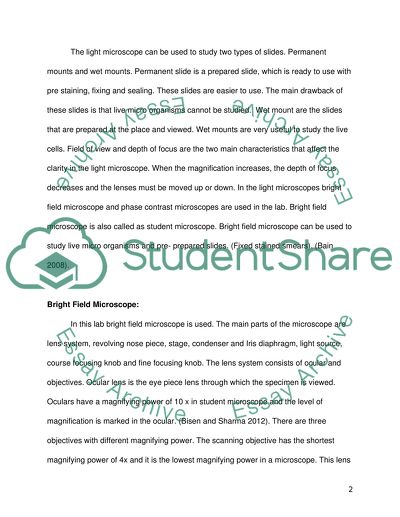Cite this document
(“Microscope Lab Report Example | Topics and Well Written Essays - 1500 words”, n.d.)
Retrieved de https://studentshare.org/biology/1467069-microscope-lab-report
Retrieved de https://studentshare.org/biology/1467069-microscope-lab-report
(Microscope Lab Report Example | Topics and Well Written Essays - 1500 Words)
https://studentshare.org/biology/1467069-microscope-lab-report.
https://studentshare.org/biology/1467069-microscope-lab-report.
“Microscope Lab Report Example | Topics and Well Written Essays - 1500 Words”, n.d. https://studentshare.org/biology/1467069-microscope-lab-report.


